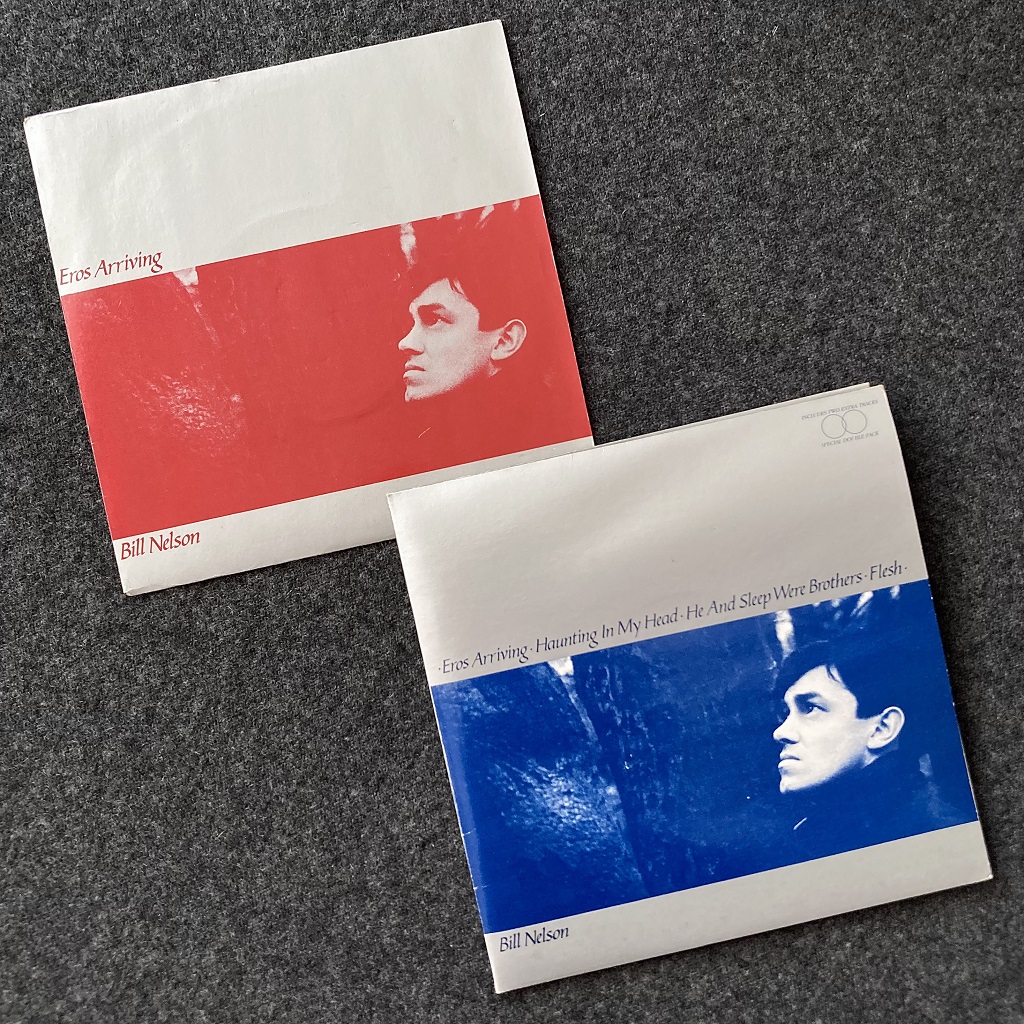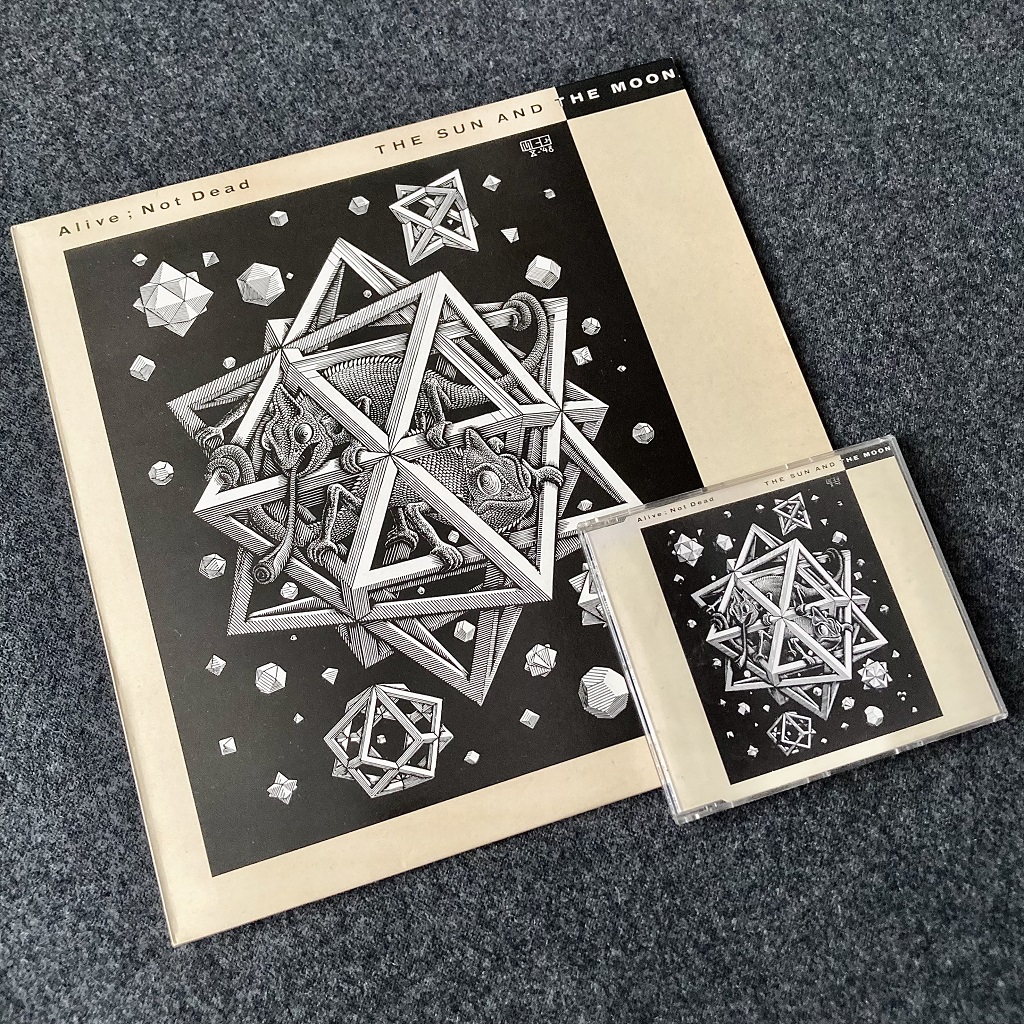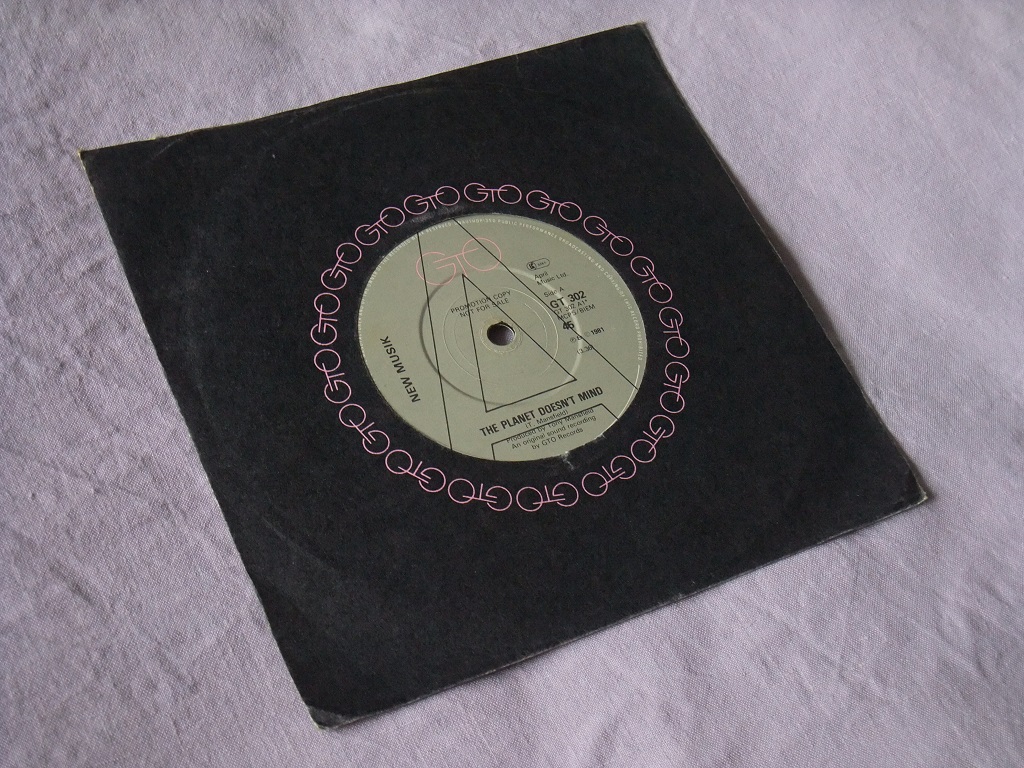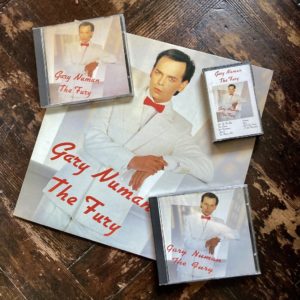Cocteau Twins stepped off of the production line in 1987 and their only release of the year was one previously unissued track which was included on a 4AD label compilation LP, ‘Lonely Is An Eyesore’, released in June 1987. The track in question was ‘Crushed’. The band were far from idle however, just that their efforts were in other directions, not least in the direction of creating their first permanent recording base from which to work, based in Acton, where they enlisted the aid of members of 4AD label-mates Colourbox and Dif Juz in the fit-out and construction of the space.
Deluxe Edition LP: ‘Lonely Is An Eyesore’ (4AD CAD D 703)
‘Lonely Is An Eyesore’ was very much a project of the label founder, Ivo – and consequently, it was lavished with some degree of effort in its presentation and formatting. The ultimate edition is a wooden box-cased version which gathers together all formats of the release (4AD, CADX 703), but that is up there in the stratospheric level of 4AD collectables due to the extremely limited numbers it was produced in (apparently 100, most of which were allocated to members of the acts involved. More on that below…
Next on the list however is this Deluxe Edition of the LP format…
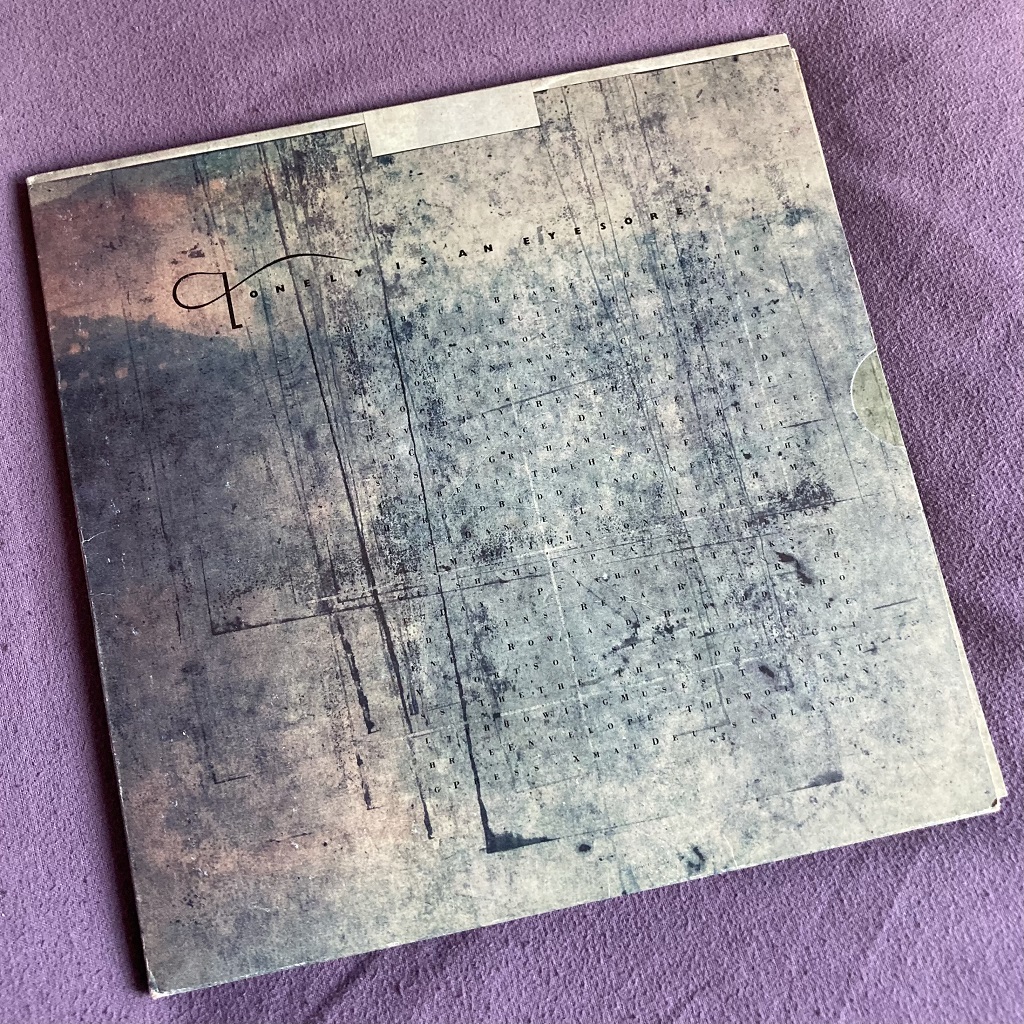
According to what looks to be an informed source via a comment of the discogs.com entry for this release, this Deluxe Edition appears to have been pressed up in an edition of 10,000 copies. Lavish it certainly is compared to the standard vinyl LP (4AD, CAD 703), since it comes packaged in an outer slipcase which houses a three-way fold-out insert/sleeve as well as an inner sleeve for the record plus a large size (12”x12”) 24 page booklet. Continue reading “Year by Year: Cocteau Twins – 1987”


